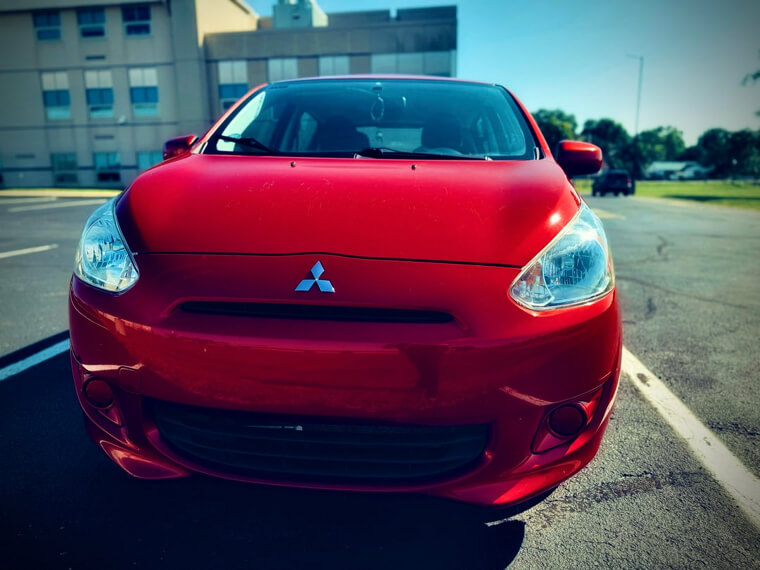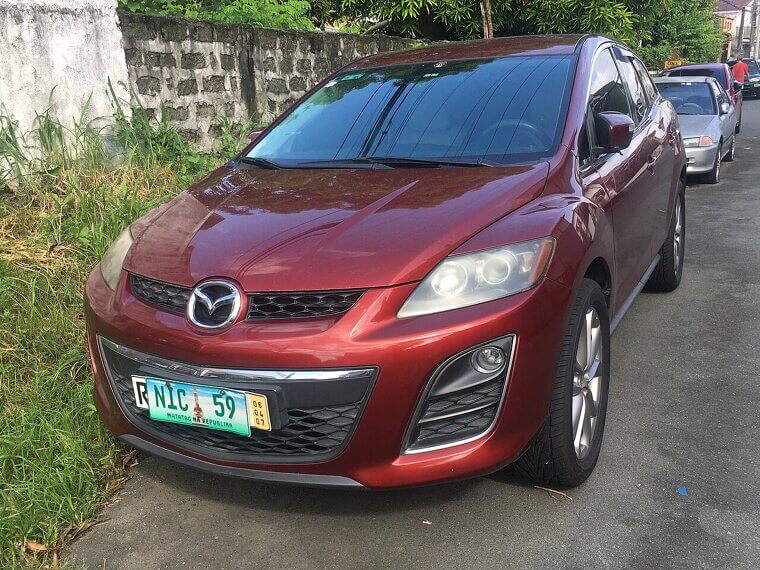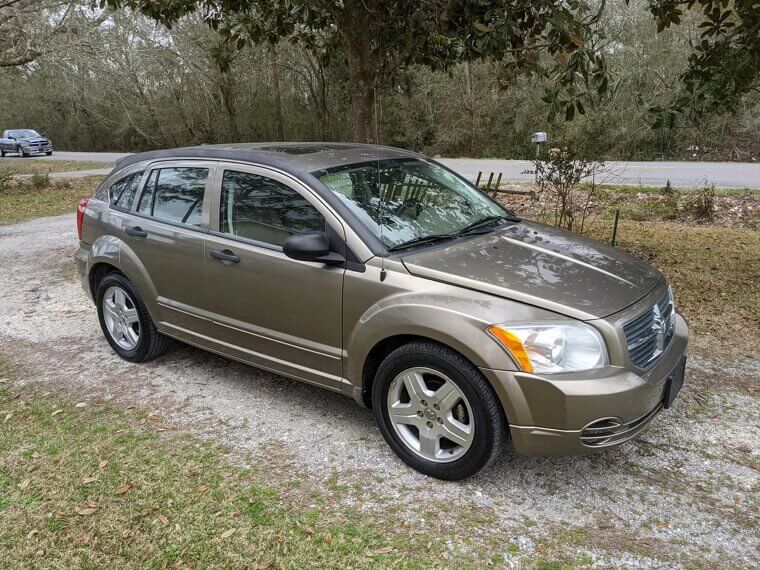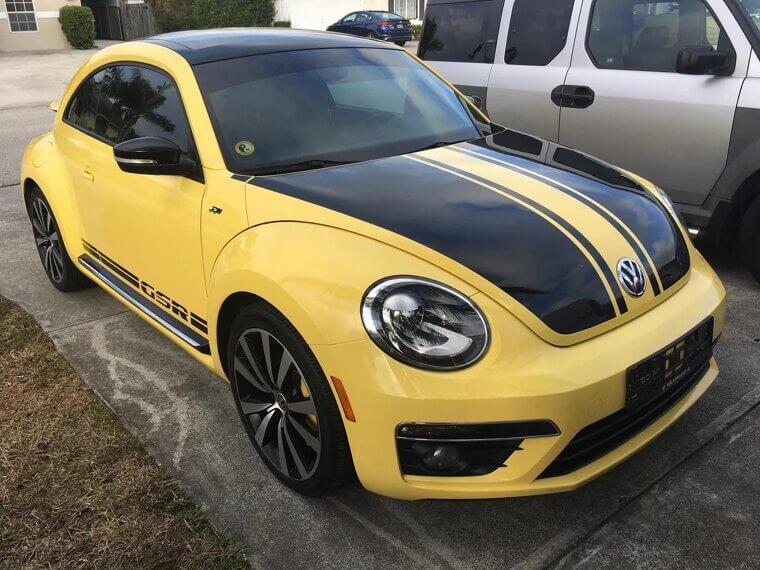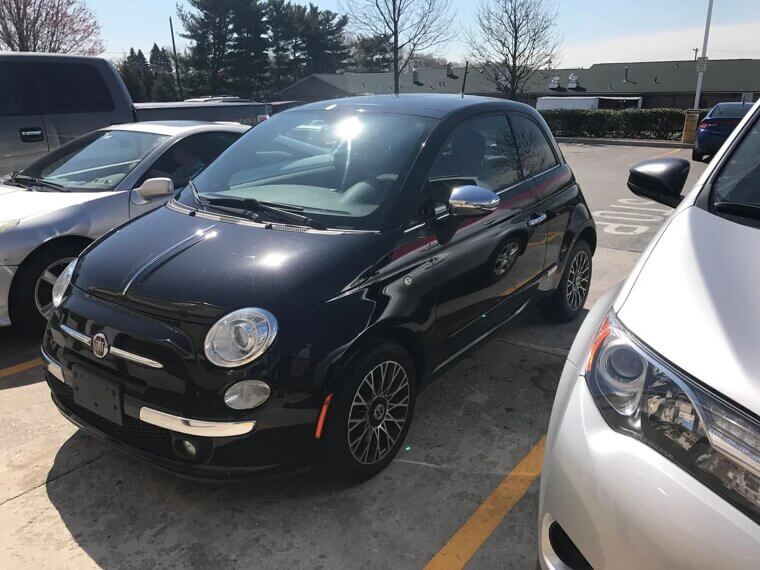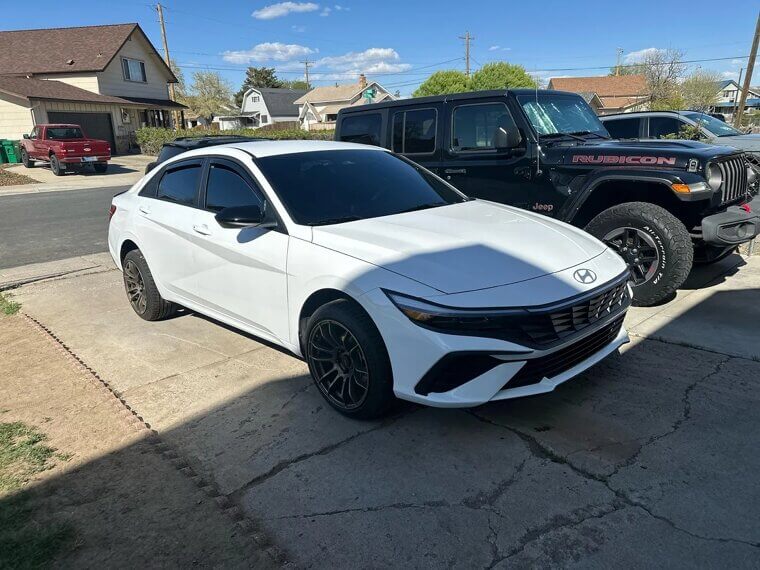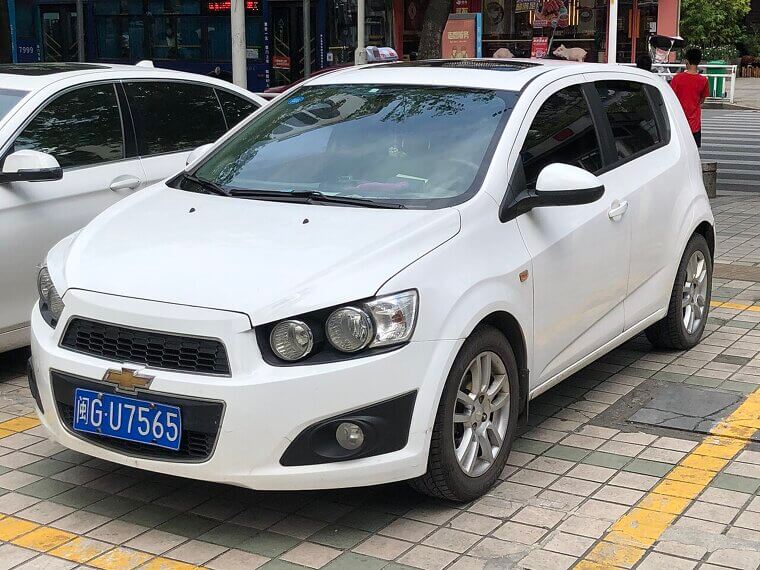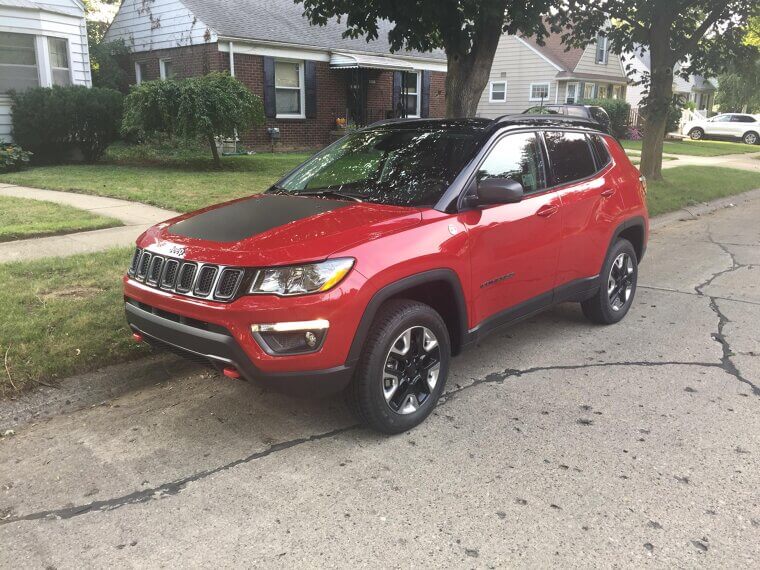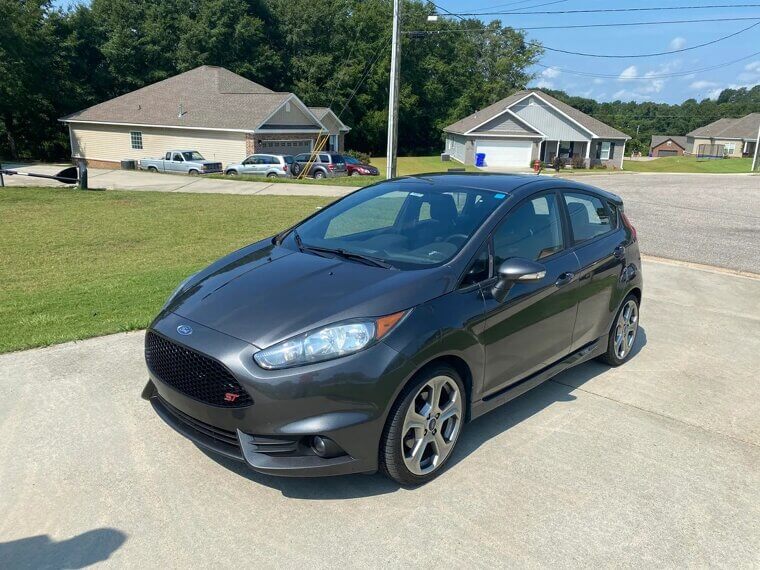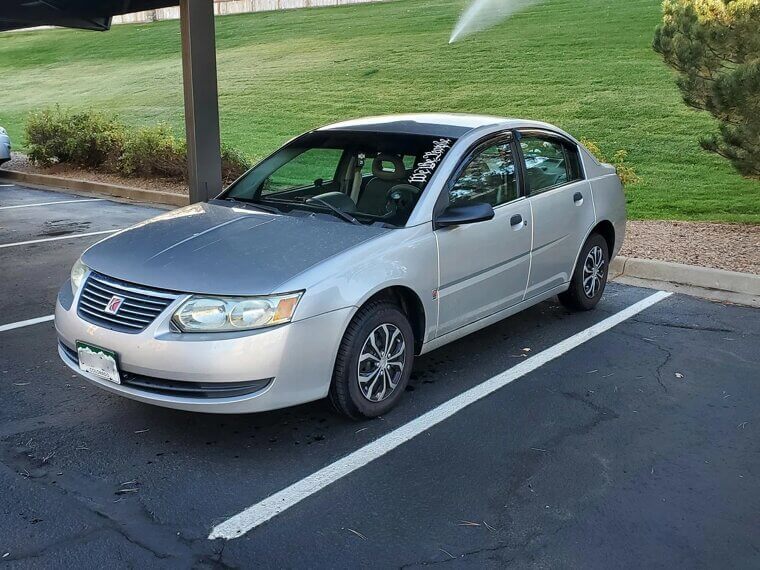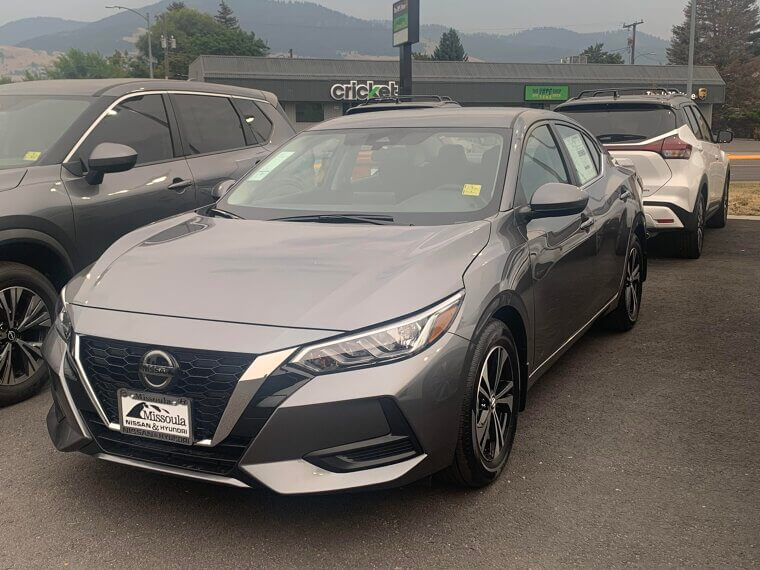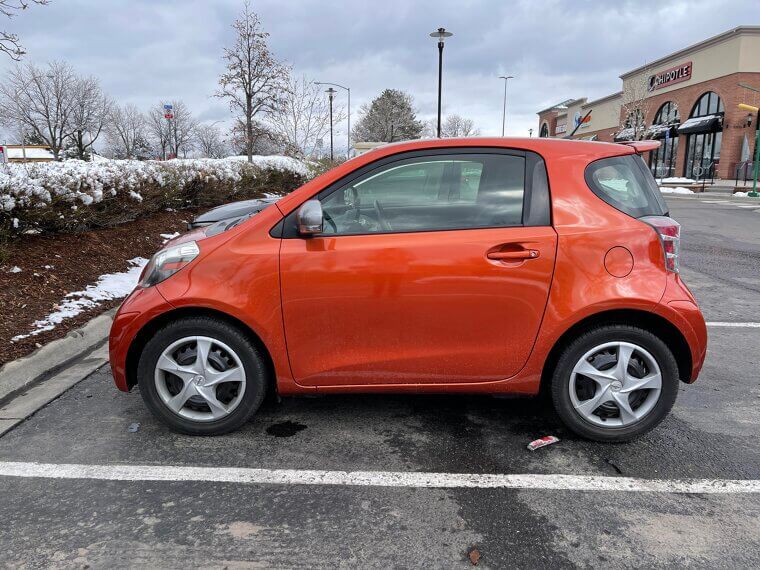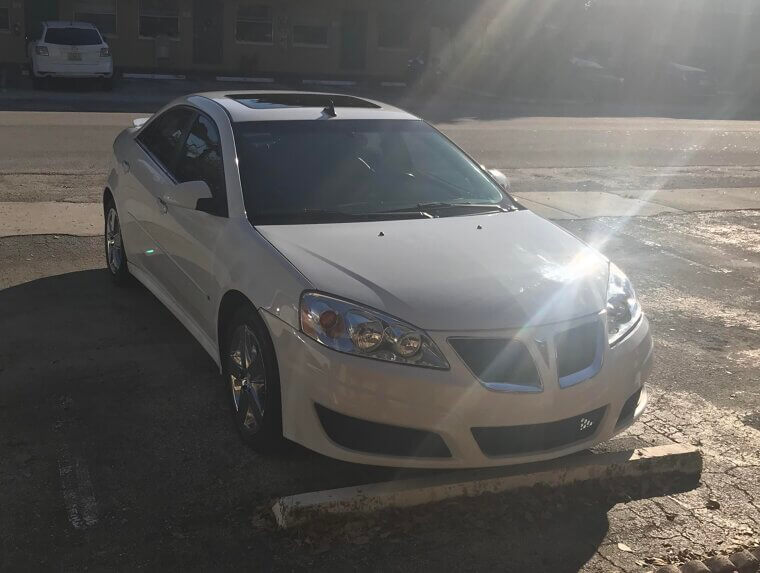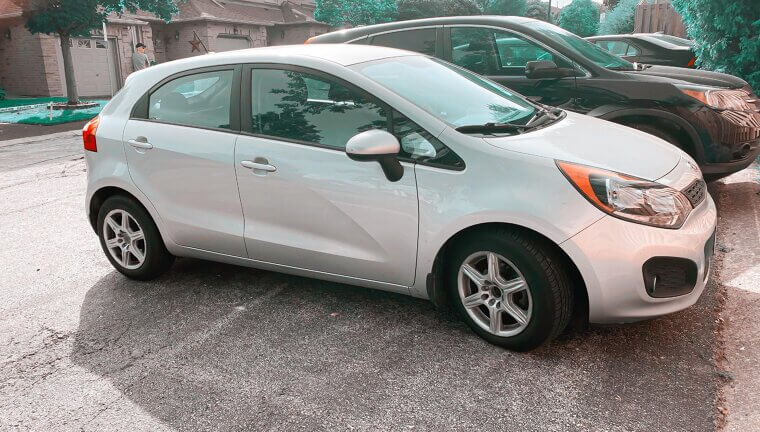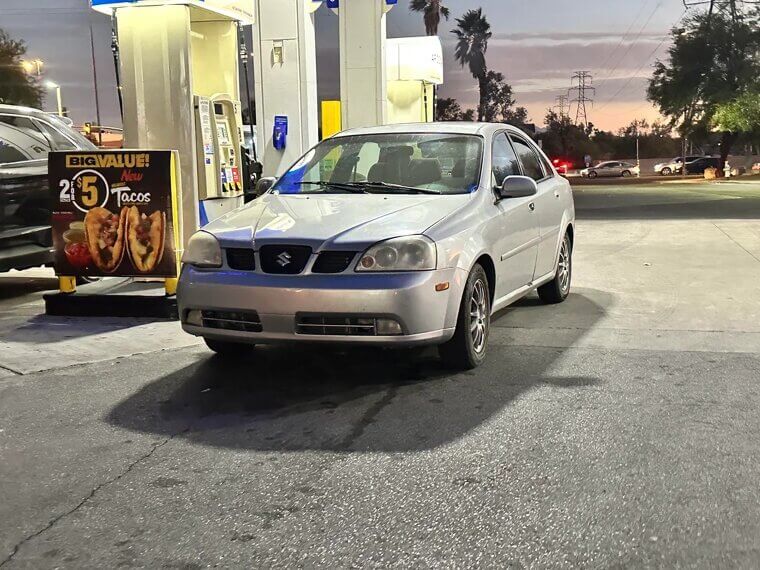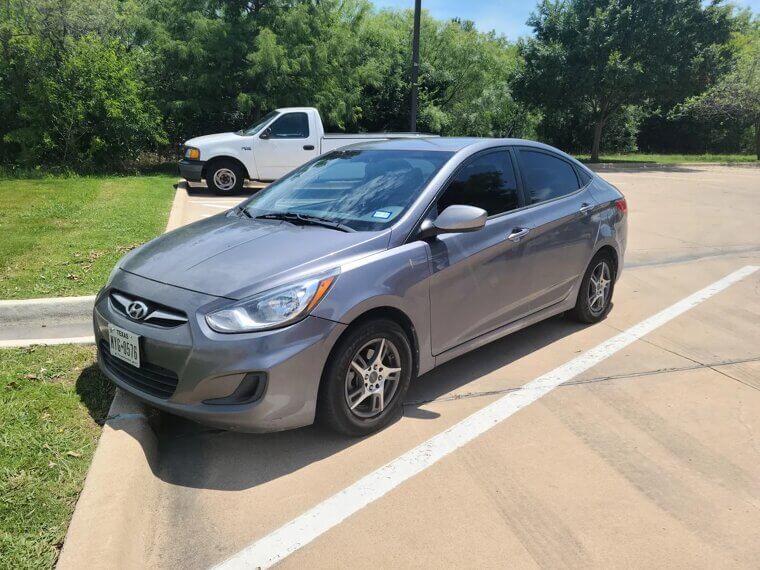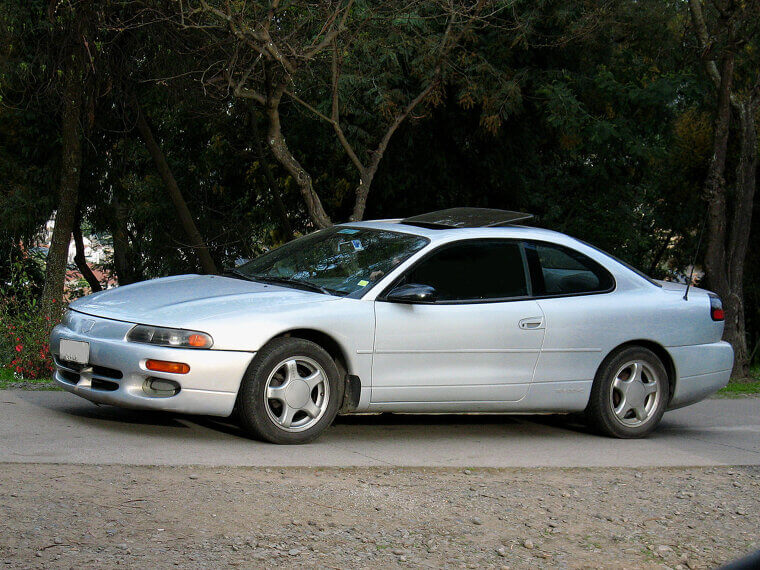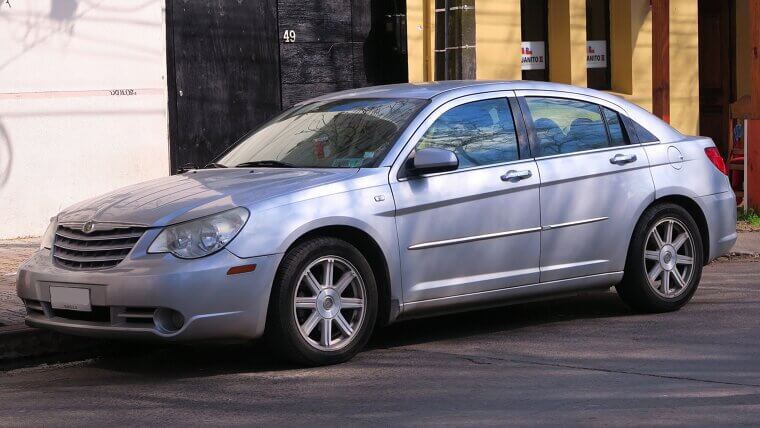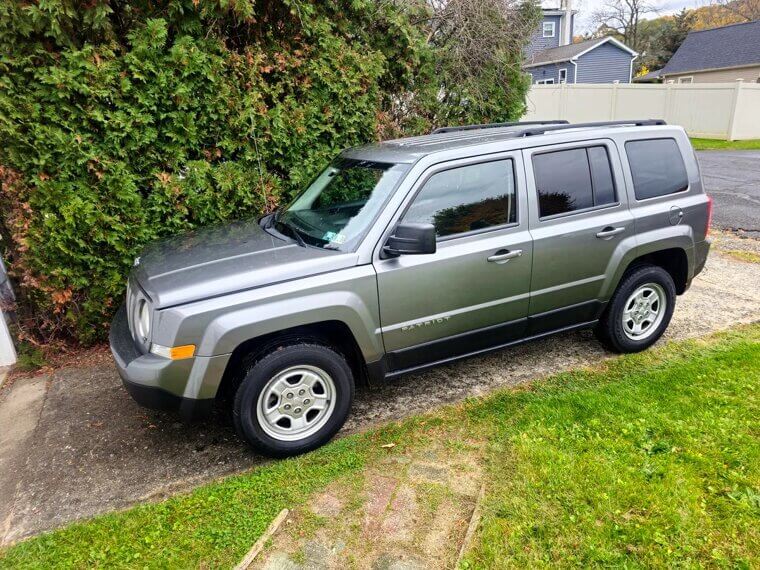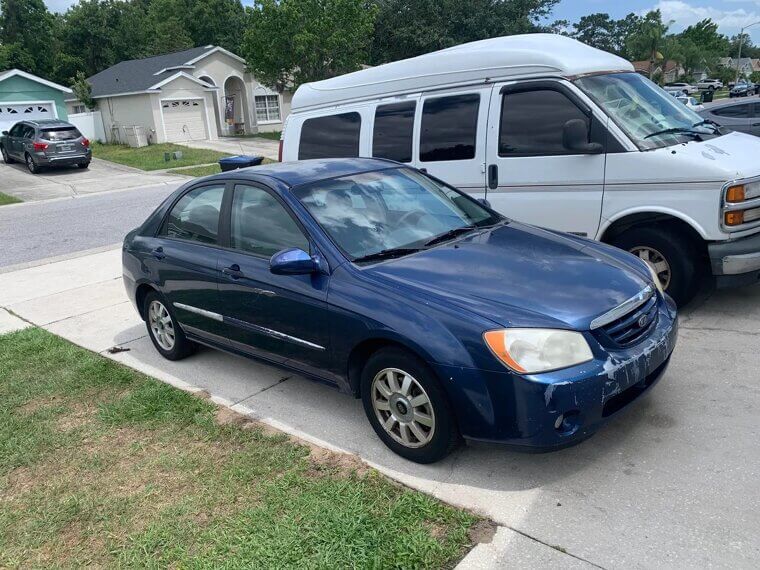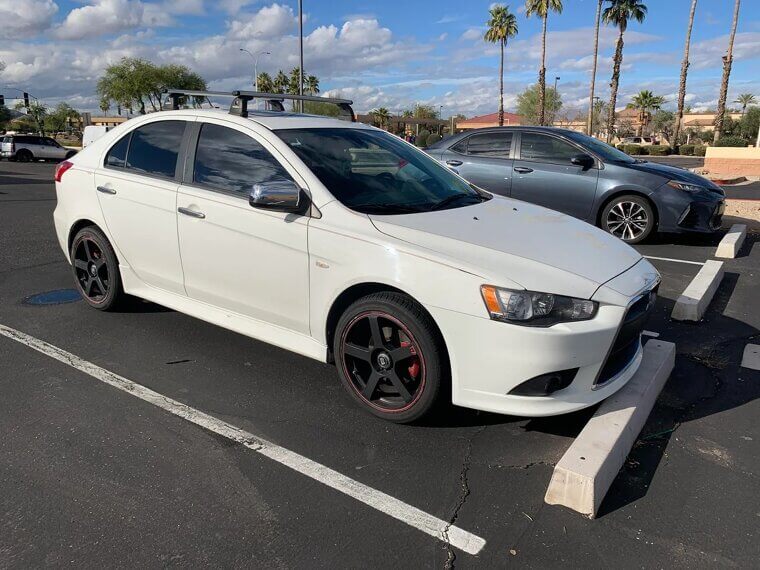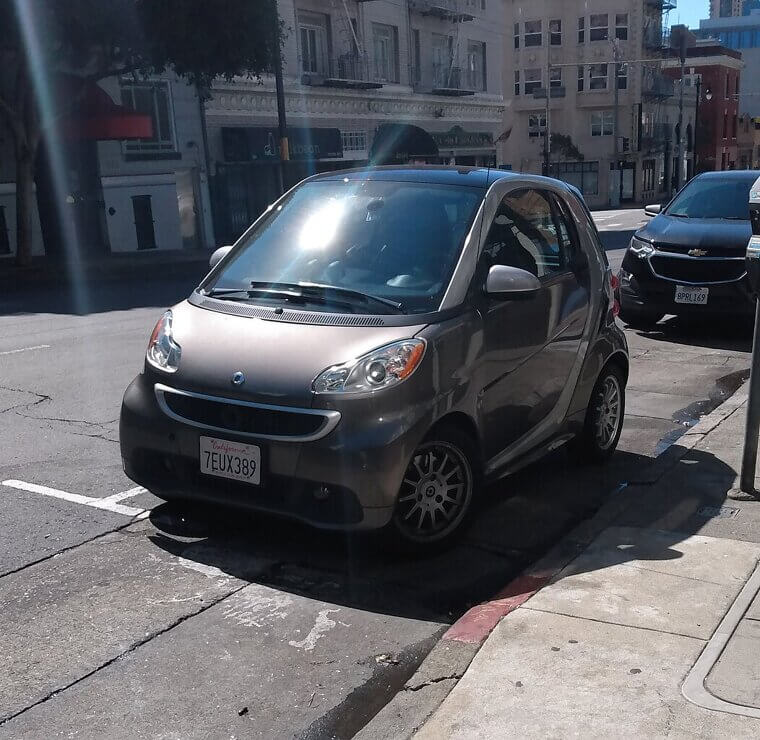Mitsubishi Mirage
Light, tiny, and good on gas are just three ways we’d describe the Mirage. But it’s also flimsy, with a weak engine and parts that wear out fast. It’s cheap to buy, but that’s because it’s not built to last, and many fizzle out.
Mazda CX-7
Mazda’s CX-7 was sporty and had a punchy engine. But that turbo often failed early. Add in timing chain problems and expensive fixes, and you’ve got a short-lived SUV that caused way too many headaches and drained owners' wallets with repair bills.
Mini Cooper
The Mini Cooper is cute until the repair bills start rolling in. Transmission and electrical issues pop up way too soon, and owners feel the pain of having to deal with costly repairs. It’s a good car, but it often gives up before it hits the 100K mark.
Dodge Caliber
The Caliber tried too hard to be a hatchback with SUV practicality. Spoiler alert: it never quite nailed either. The interior felt way too cheap, and the ride was noisy and bumpy. The engines and CVT transmission also didn’t age well, and many failed before 100,000 miles.
Volkswagen Beetle
Everyone loves the Beetle, right? It’s got classic charm, but under that cute shell, it’s a headache waiting to happen. Issues like electrical problems, oil leaks, and turbo issues are common, and too many Beetles end up in the shop before they reach 100,000 miles on the odometer.
Chrysler PT Cruiser
Chrysler's PT Cruiser looked… um… unique. And that’s where the fun stopped. Its engine was weak, the interior was cheap, and the reliability record was rough for a Chrysler. Head gaskets and transmissions also failed before 100,000 miles. It just wasn’t the reliable car people wanted it to be.
Fiat 500
The Fiat 500 has European flair, but no toughness to back it up. But once those electrical problems, clutch failures, and transmission troubles creep in, this car just doesn’t make it to 100,000 miles. Yes, it’s fun to drive, but mechanical issues make it a headache to own.
Hyundai Elantra
The Elantra is one of those cars that starts strong but loses steam over time. Why? Because there’s engine knocking, the transmission jerks, and suspension wear shows up early. It’s just not reliable, and owners trade it in long before the odometer hits 100,000 miles.
Chevrolet Aveo
Chevy’s Aveo was built to be budget-friendly. And, boy, does it show. The engine is weak, the ride’s loud, and repairs tend to pile up fast before the car’s even hit 100,000 miles. Needless to say, owners wave goodbye to it early on and move on to something else.
Jeep Compass
Jeeps are meant to be rugged, right? The Compass is one of those Jeeps that completely misses the mark. The CVT transmission is one of its major weak points, and the engines don’t hold up well as it creeps toward the 100K mark. Jeep could do a lot better.
Ford Fiesta
The Fiesta brings fun handling and good looks, but those dual-clutch transmissions are an absolute nightmare to deal with as the car inches towards the 100K mark. Drivers love it until it starts shaking, jerking, and breaking down when they least expect it.
Saturn Ion
The Ion’s quirky design wasn't for everyone, and it clearly wasn’t enough to save it from its reliability problems. This car had electrical problems, steering failures, and weak build quality that made it sputter out early on. It was affordable, sure, but it just didn’t last long.
Nissan Sentra
Nissan’s Sentra was a practical pick for people who wanted something simple and reliable. But newer models are not as good, and transmission issues cause jerking and slipping. It’s fuel-efficient, but very few make it to 100,000 miles without major trouble. All this was just a nightmare for owners.
Scion IQ
The IQ was Scion’s clever little compact car that just didn’t handle daily life well. It struggled on highways, and the transmission gave owners constant headaches. The car was great for cities, but not one of the most reliable cars on the road by a long shot.
Pontiac G6
The G6 had sleek looks and solid power. But, underneath the hood, it was trouble. Things like steering issues, electrical problems, and engine faults were all too common, and drivers liked how it drove - until it didn’t! Many ended up scrapped before 100,000 miles.
Kia Rio
The Rio is one of the most affordable cars around. But its reliability is anything but great. The engine gets noisy, the transmission slips, and small issues become big ones fast. It’s fine for getting around town, but not for the long haul.
Ford Focus
The Focus earned a pretty bad reputation for its transmission problems. Even when it was new, it jerked and shuddered like it was tired of being driven. Most don’t make it to 100,000 miles without serious work and some hefty repair bills that left wallets empty.
Suzuki Forenza
The Forenza disappeared for a reason. It was cheap, yes, but constant engine and transmission failures made owners regret buying it in the first place. Even basic maintenance was pricey. Today, these cars are rarely seen as owners gave them up for something better.
Toyota Matrix
Most Toyotas run forever - but not the Matrix. This car suffered from transmission and oil consumption issues that aged it fast. It’s practical and roomy, but reliability wasn’t its strong suit. Sadly, the Matrix fizzled out sooner than everyone expected it to.
Hyundai Accent
The Accent had a low price, and that made it popular. But, Hyundai cut a few corners to make it more affordable, and that meant it had a few issues, like a weak engine, worn suspension, and cheap materials. No Accents made it to 100,000 miles without major repairs.
Dodge Avenger
Yes, the Avenger looked sporty, but that’s where the excitement stopped. What owners got instead was the transmission slipping, brake issues, and electrical gremlins that led to major repairs. Barely any Avengers made it to 50,000 miles, let alone 100,000 miles. The new models weren't much better either.
Mazda5
The Mazda5 was practical and easy to drive, but it had weak suspension and rust issues. The engines didn’t age gracefully either. Families loved the space, but the reliability faded fast. It’s one of those vans you just don’t see on the road for very long.
Volkswagen Passat
The VW Passat might be luxurious, but maintaining it is a nightmare. Issues with the engine and electronics come with costly repairs, and the car doesn’t seem to last beyond 100,000 miles. It drives great - when it’s not in the repair shop, that is.
Chevrolet Cobalt
Chevrolet’s Cobalt was meant to replace the Cavalier. But, it brought its own problems like faulty ignitions, poor electrical systems, and weak engines. Sure, it looked good, but it became one of those cars people gave up before it cost them too much in repair bills.
Chrysler Sebring
The Sebring looked like a sleek cruiser, but under the hood, it was chaos with engine knocks, transmission failures, and electrical faults that made owners frustrated. It’s not built for the long run, and most struggled to stay alive past 100K. You don't see many Sebrings on the roads today.
Jeep Patriot
The Patriot is one of those Jeeps that sounds tough but acts fragile. The CVT transmission is a constant headache, and the interior falls apart early. It’s just not the off-road adventure vehicle it pretends to be, and many give up the ghost too soon.
Kia Spectra
Before Kia stepped up its game, the Spectra was one of its weaker links. Why? Well, because the engine didn’t last and parts broke too easily. It was cheap and cheerful, sure, but not as durable as people hoped. You won’t see many on the road today.
Mitsubishi Lancer
The Lancer had sporty looks, but not the reliability to match. Engines wore down early, and suspension parts gave out. It’s fun at first, but it doesn’t stay that way for long. These cars often tap out well before the 100K mark.
Nissan Versa
The Versa is cheap to buy, but expensive to fix. Owners found out the hard way that the CVT transmission failed early and interior parts wore out fast. It was roomy for its size, but the reliability took a nosedive before the odometer even hit 100,000 miles.
Smart ForTwo
The Smart is great for parking and driving in the city. But, sadly, it’s not great at much else. Its tiny engine struggles, and repairs cost a fortune. Many just don’t make it to 100,000 miles without major drama and a few headaches for both the owners and mechanics who have to fix them.

